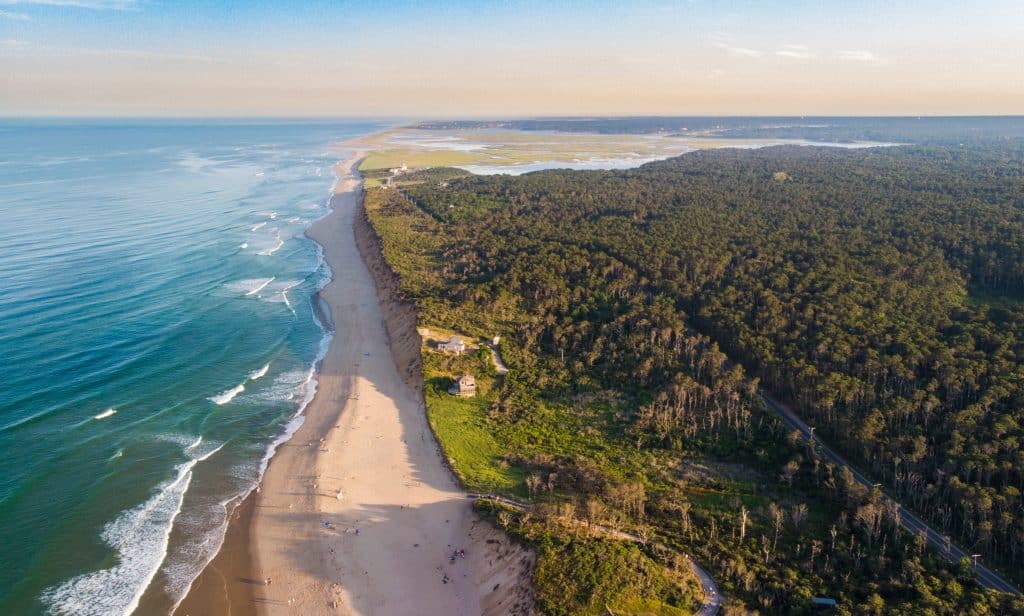Machu Picchu, the crown jewel of Peru, stands as a testament to the ingenuity and resilience of the Inca civilization. Nestled high in the Andes Mountains, this UNESCO World Heritage site attracts travelers from all over the globe. One of the key aspects to consider when planning a visit to Machu Picchu is the weather, which can significantly impact your experience. Here's a detailed guide to what you can expect during each of the four seasons.
Summer (December to February)
Weather Overview: Summer in Machu Picchu coincides with the rainy season. Expect frequent rainfall, particularly in January and February, which are the wettest months. The temperatures during this time range from 12°C (54°F) to 24°C (75°F).
Pros:
- The landscape is lush and vibrant, with blooming flora and rich greenery.
- Fewer crowds compared to the peak season.
Cons:
- Heavy rainfall can cause slippery trails and potential travel delays.
- Limited visibility due to mist and rain.
Travel Tips:
- Pack waterproof gear, including a good quality rain jacket and waterproof hiking boots.
- Be prepared for sudden weather changes and possible trail closures.
Autumn (March to May)
Weather Overview: Autumn marks the transition from the rainy season to the dry season. Rainfall decreases significantly, especially from late March onwards. Temperatures range from 11°C (52°F) to 23°C (73°F).
Pros:
- The weather is more stable, with fewer rainy days and moderate temperatures.
- The scenery is still green and lush from the recent rains.
- Ideal for photography with clearer skies and fewer tourists.
Cons:
- Early March can still experience heavy rainfall.
Travel Tips:
- This is an excellent time for trekking the Inca Trail, as the conditions are more favorable.
- Carry layers to adjust to changing temperatures throughout the day.
Winter (June to August)
Weather Overview: Winter in Machu Picchu is part of the dry season. These months see the least amount of rainfall and are characterized by clear, sunny days and cold nights. Daytime temperatures range from 9°C (48°F) to 21°C (70°F), but it can drop to below freezing at night.
Pros:
- Optimal trekking conditions with dry, clear trails.
- The best visibility for panoramic views and photography.
- Peak season, so all tourist services and activities are fully operational.
Cons:
- The influx of tourists means larger crowds and higher prices.
- Cold nights require warm clothing.
Travel Tips:
- Book accommodations and tickets well in advance to secure your spot.
- Dress in layers to handle the temperature variations between day and night.
Spring (September to November)
Weather Overview: Spring is another transitional season, with increasing rainfall as it progresses toward November. Temperatures are mild, ranging from 10°C (50°F) to 22°C (72°F).
Pros:
- The weather is still relatively dry, especially in September and October.
- Fewer tourists compared to the winter peak season.
- The landscape starts to regain its lushness with the onset of rains.
Cons:
- Rainfall begins to pick up in November, leading to potential trail closures.
Travel Tips:
- This is a great time for a quieter visit with pleasant weather.
- Keep an eye on the weather forecast and pack accordingly.
General Tips for Visiting Machu Picchu
- Altitude Adjustment: Machu Picchu sits at an elevation of 2,430 meters (7,970 feet). Spend a few days in Cusco or the Sacred Valley to acclimate to the altitude.
- Best Time to Visit: The shoulder seasons (April to May and September to October) are ideal for balancing weather conditions and crowd sizes.
- Permits and Tickets: Due to its popularity, it's crucial to book your Machu Picchu entry tickets and Inca Trail permits months in advance.



 English (US)
English (US)